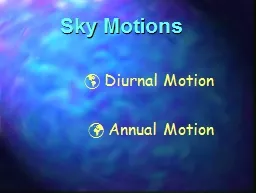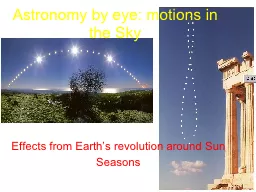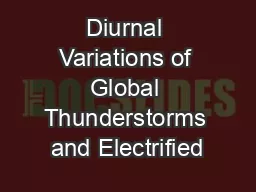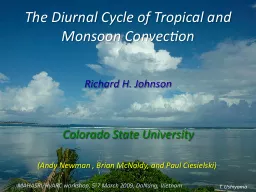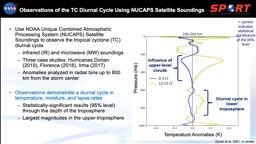PPT-Sky Motions Diurnal Motion
Author : min-jolicoeur | Published Date : 2019-06-23
Annual Motion DIURNAL MOTION Daily East West motion of the sky Due to the Earths rotation 15hour 36024 hours 15hour 1 in 4 minutes Stars fall into two groups
Presentation Embed Code
Download Presentation
Download Presentation The PPT/PDF document "Sky Motions Diurnal Motion" is the property of its rightful owner. Permission is granted to download and print the materials on this website for personal, non-commercial use only, and to display it on your personal computer provided you do not modify the materials and that you retain all copyright notices contained in the materials. By downloading content from our website, you accept the terms of this agreement.
Sky Motions Diurnal Motion: Transcript
Download Rules Of Document
"Sky Motions Diurnal Motion"The content belongs to its owner. You may download and print it for personal use, without modification, and keep all copyright notices. By downloading, you agree to these terms.
Related Documents

